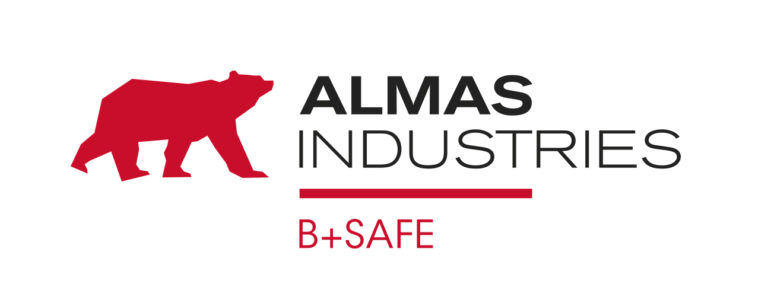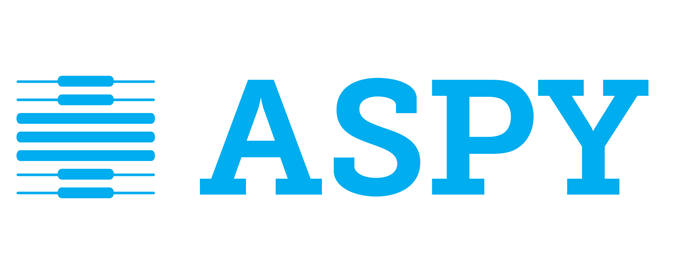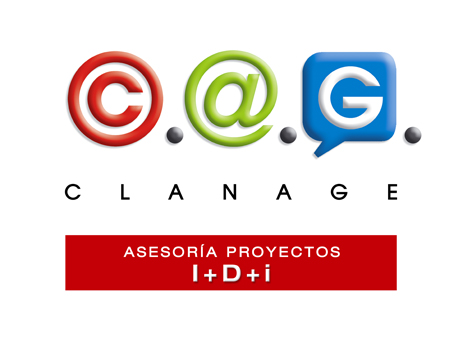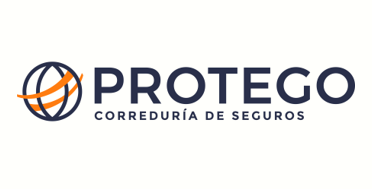Representatives from the European livestock sector gathered today in front of the European Commission buildings in Brussels to address the danger of oversimplifying the debate around livestock and its role in European society. This flash action echoes a number of concerns highlighted by the many protests that have taken place in different European countries in recent weeks.
Aiming to address the myths that prevail online today and the agri-bashing related to livestock production, European Livestock Voice, a group of EU-based organisations active on livestock issues, decided to make some noise at EU-level by bringing together farmers, MEPs and other actors from the sector to ‘burst’ a series of balloons carrying common myths or misinformation in front of the European Commission building.
This action took place on the first day of the European Commission’s AgriOutlook conference and a few days after the appointment of the new European Commission, in order to underline the urgency to act before these myths permeate the thinking of the EU institutions.
Benoit Cassart, Secretary General of the ‘Fédération Nationale du Commerce de Bétail’ (FNCB, BE), farmer and representative speaker for UECBV, stressed: “We want to urge people and policy makers to pay attention to the European livestock sector and to the misleading information that is damaging its reputation and endangering farmers’ livelihoods and even their lives in some cases. […] Scientists have highlighted the fundamental role of meat in the development and evolution of the human brain”.
Do we need to remember that one hectare of grassland is as effective as one hectare of forest in absorbing CO2 and maintaining biodiversity?
We only ever talk about agriculture’s greenhouse gas emissions, never about its enormous role in storing carbon through its production. Why so much hatred when cattle are a major contributor to the recycling of agri-food industry co-products? Let’s stop focusing on meat!
Ruminants also produce leather, medicines and, at a time when the objective is to reduce the use of chemical fertilizers, it should also be remembered that farmed animals feed the soil by bringing microbial life to it, which is the most natural fertilizer.
Professionals of the sector are starting to mobilise to raise awareness throughout Europe, with initiatives aiming at making their point of view heard and reminding decision-makers that the debate on these issues is also constantly evolving on the academic side.
At European level, European Livestock Voice including UECBV launched a first campaign supported by a website with the aim to engage in the debate, focusing on facts and feedback from professionals of the sector. During the flash action, the organisers announced that the group will continue and expand these actions in the coming months.
MEP Alois Bernhuber (Austria) who supported the initiative said: “Whether we talk about the environmental impact, animal welfare or health standards, there are too many misconceptions and misunderstandings flowing on media and often put forward by organisations with insufficient understanding of the complexity of this sector and its role. The European livestock sector is key for the future of our rural areas, for the development of bioeconomy and maintaining a strong voice in the EU’s trade negotiations. This is why European Livestock deserves better than simplistic negative slogans.”
















